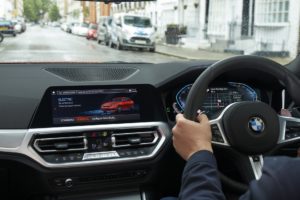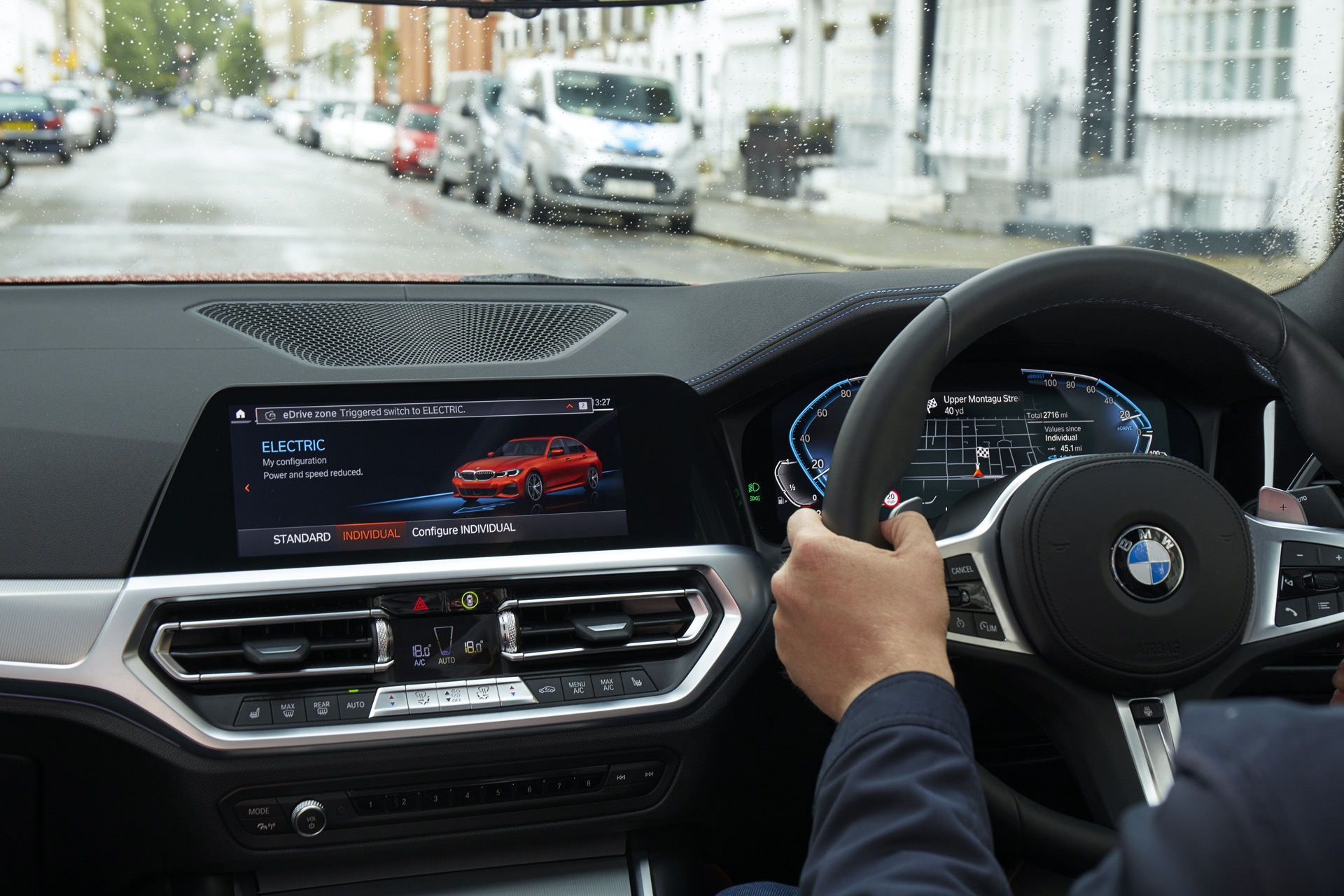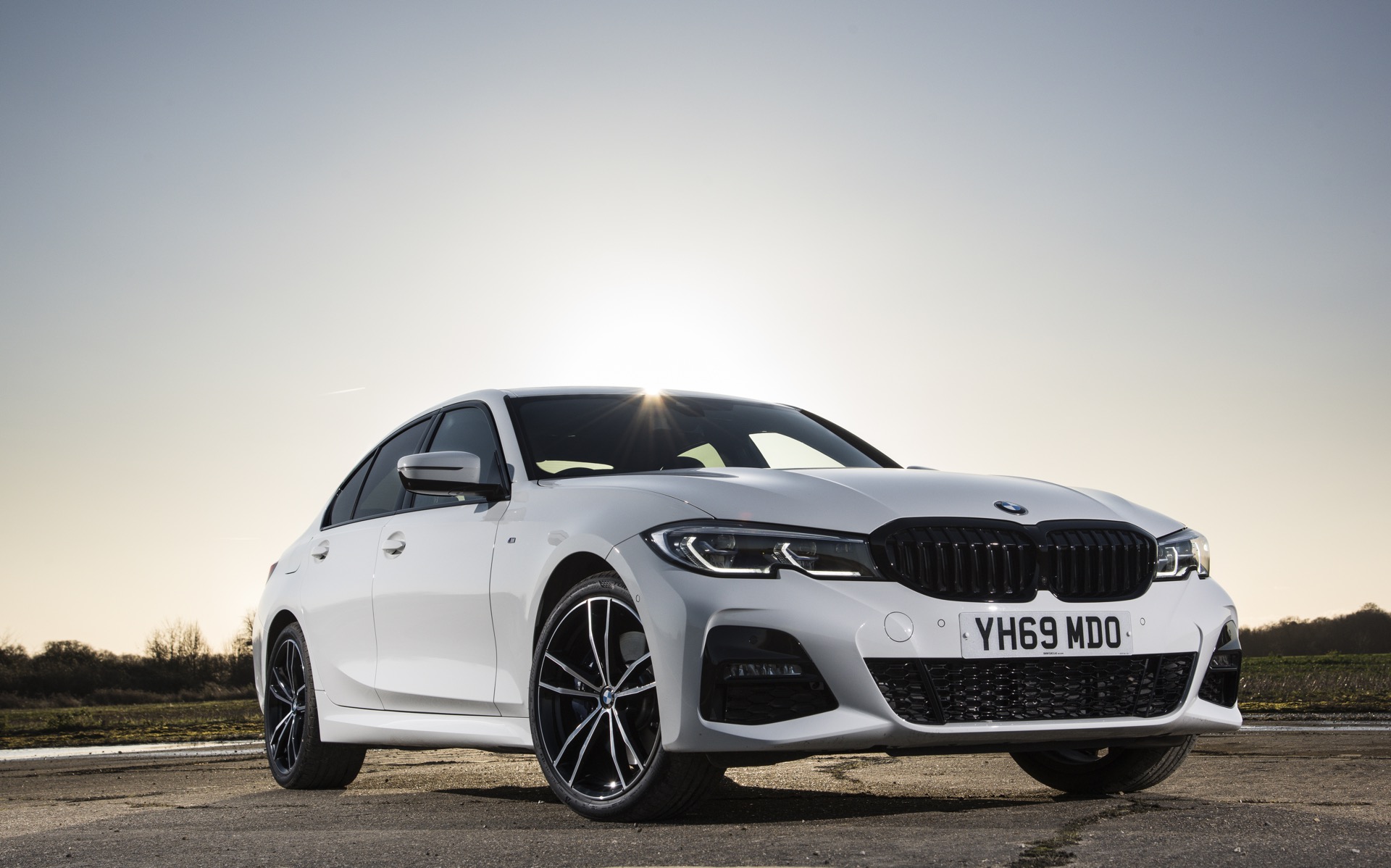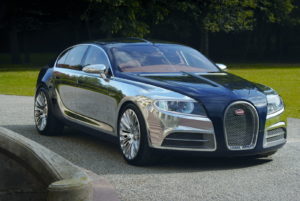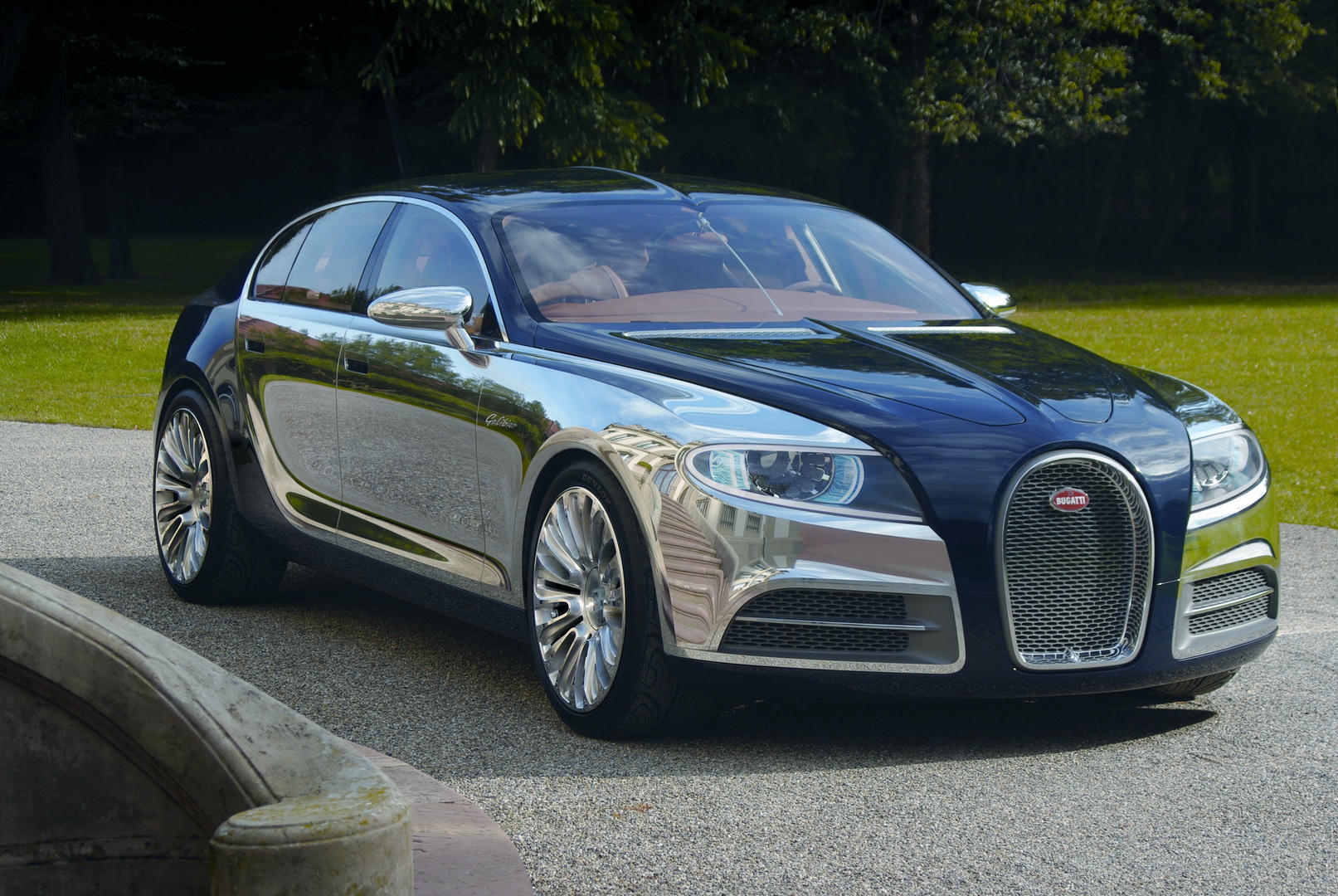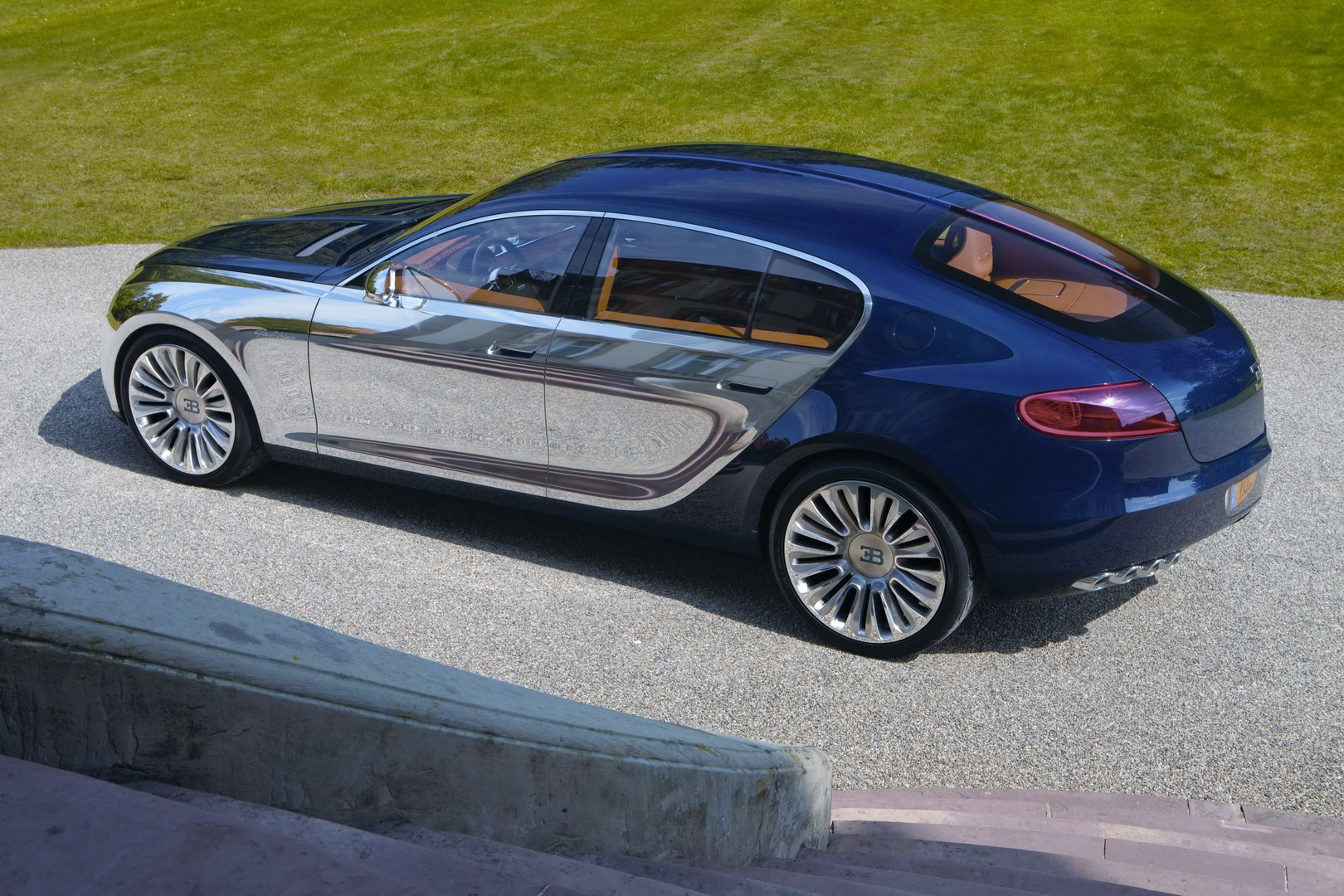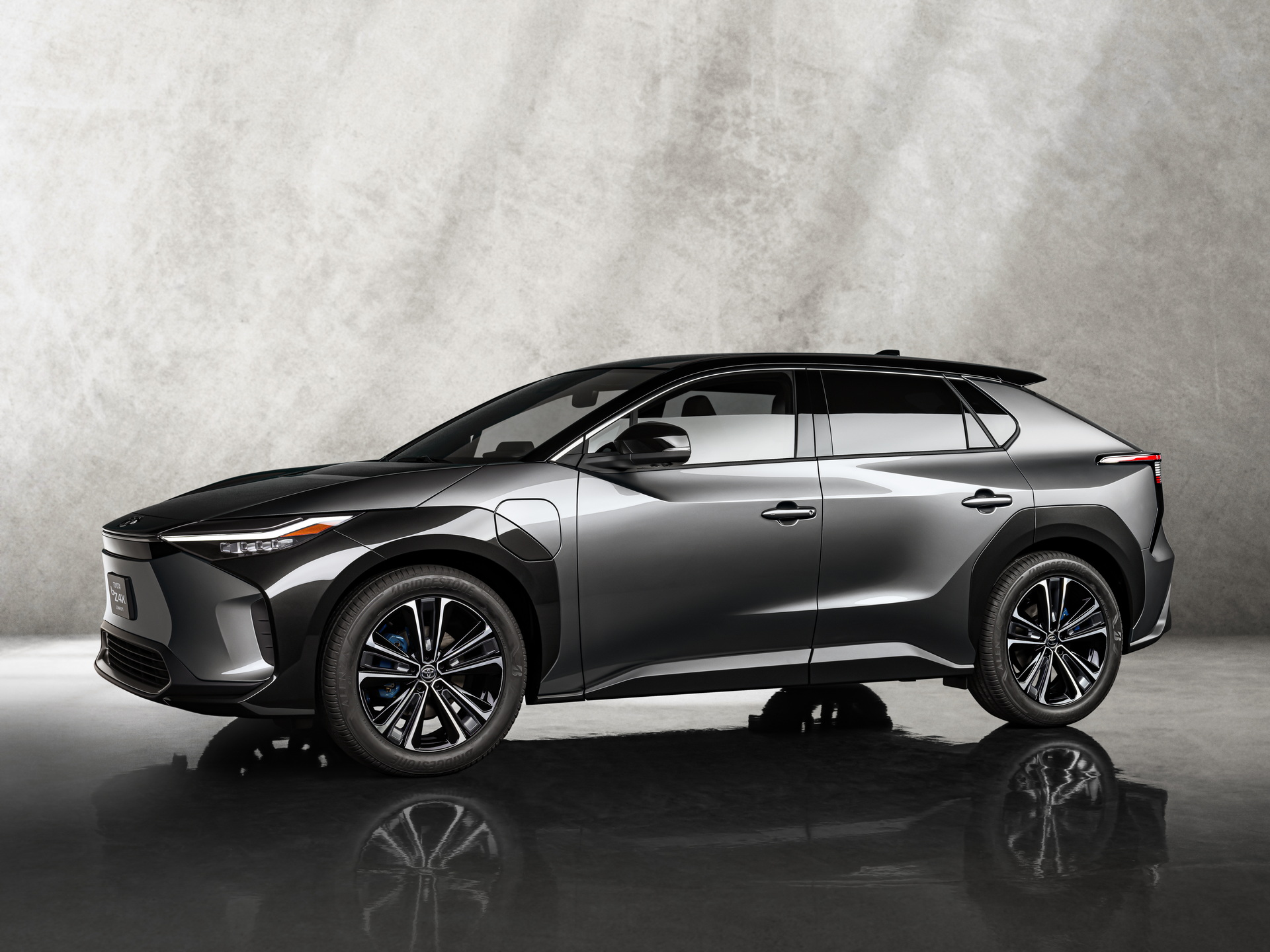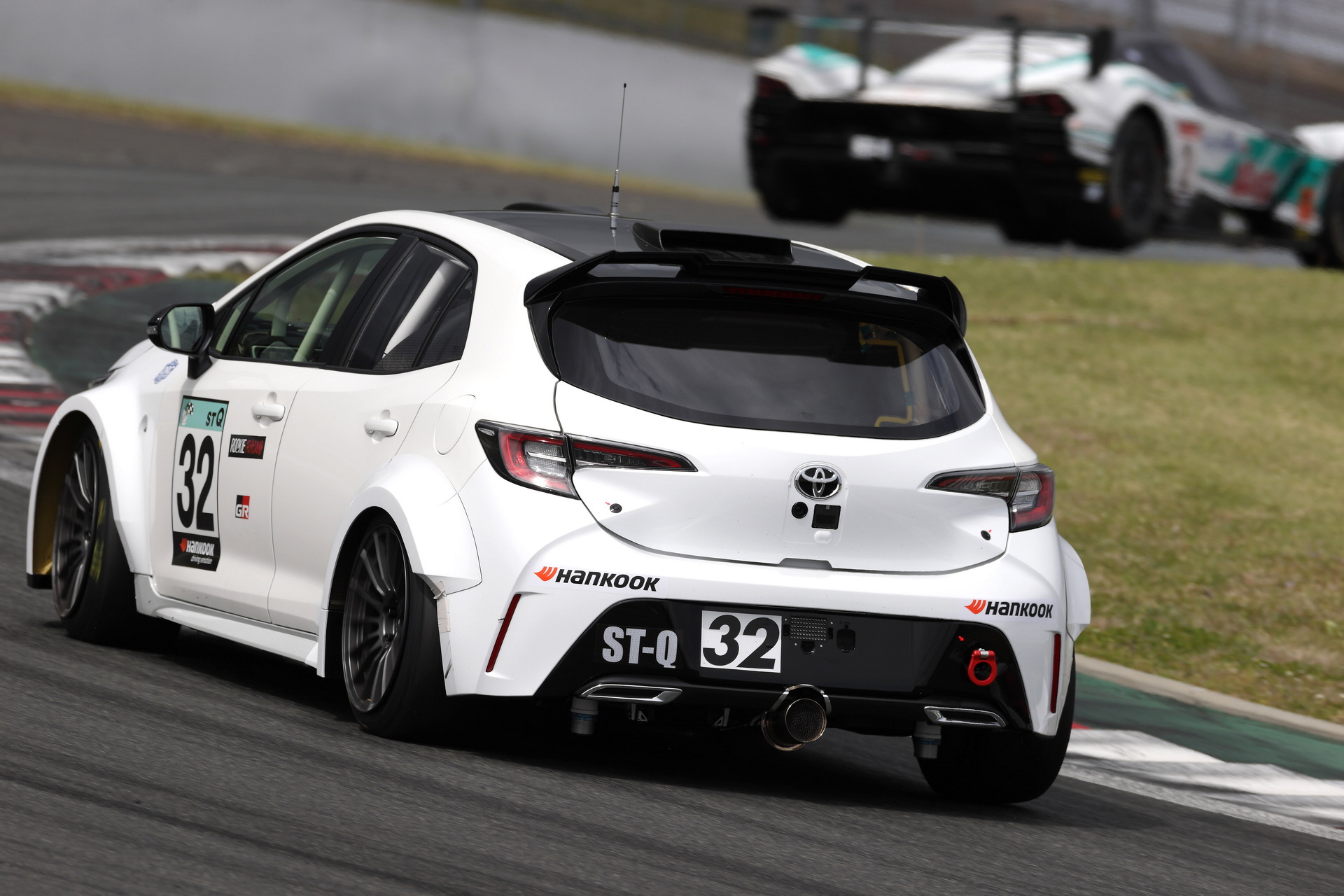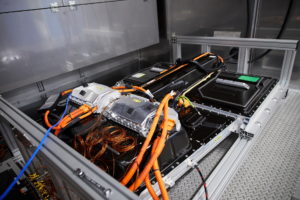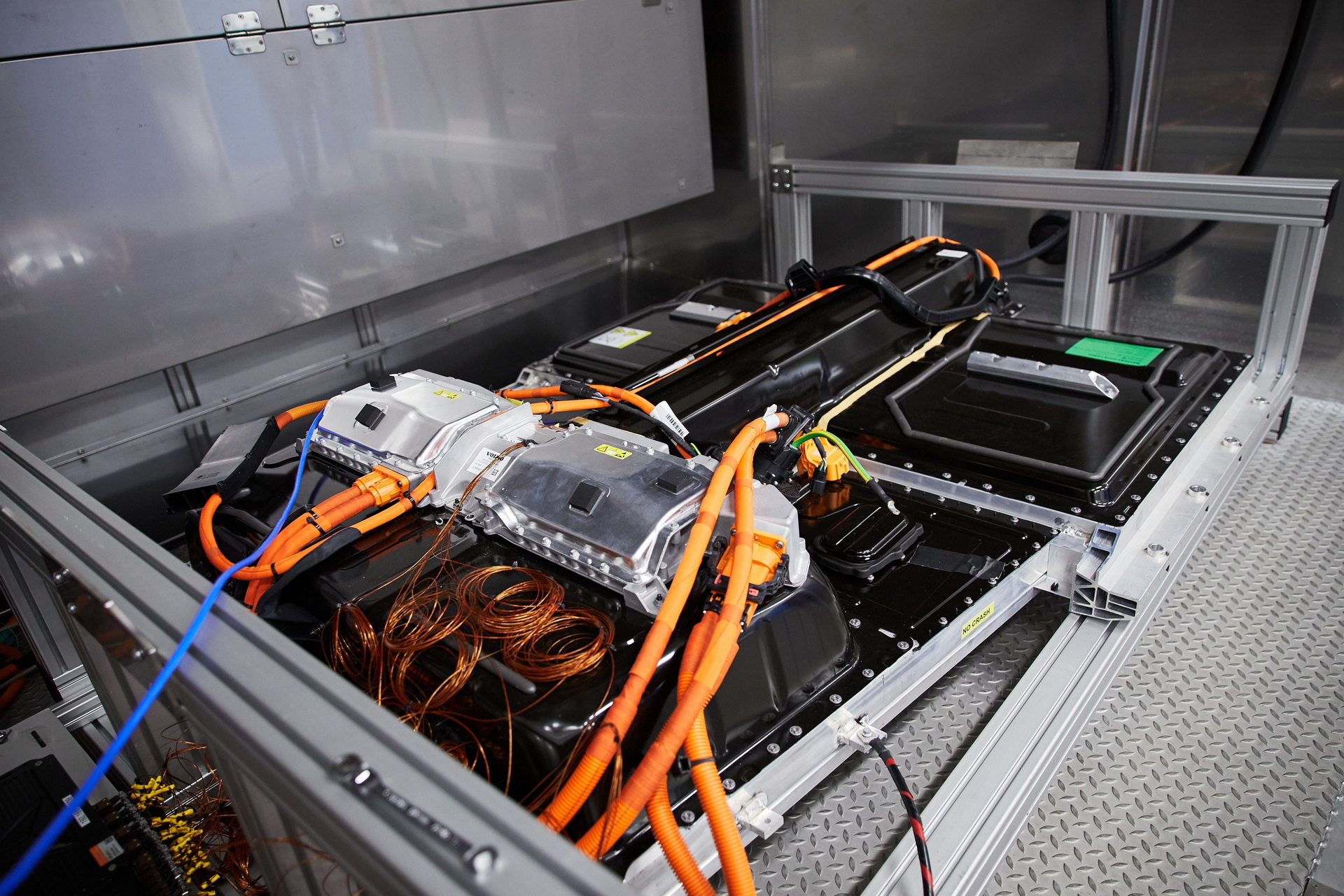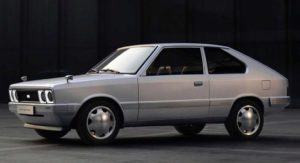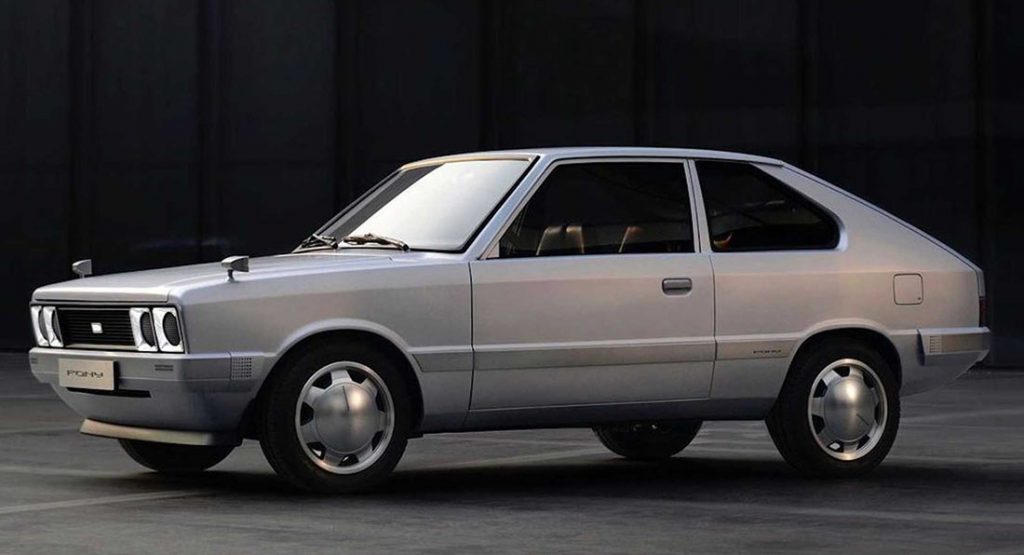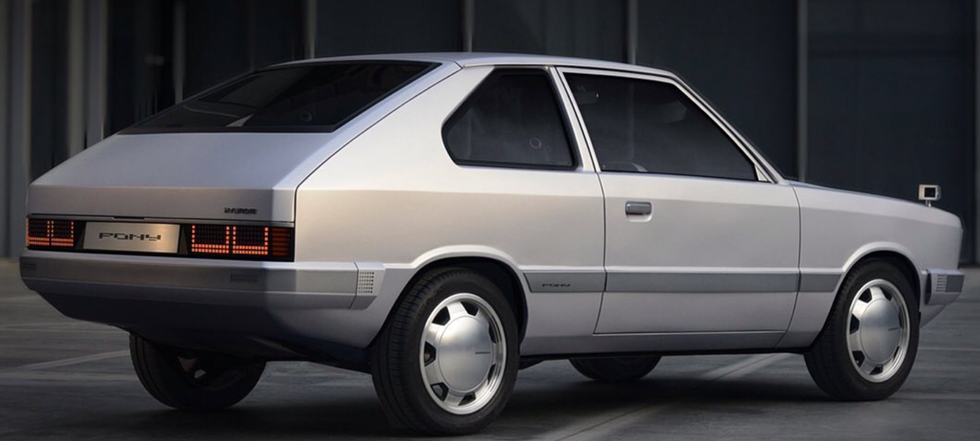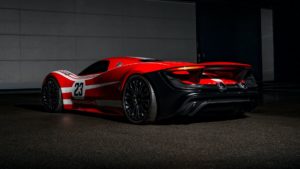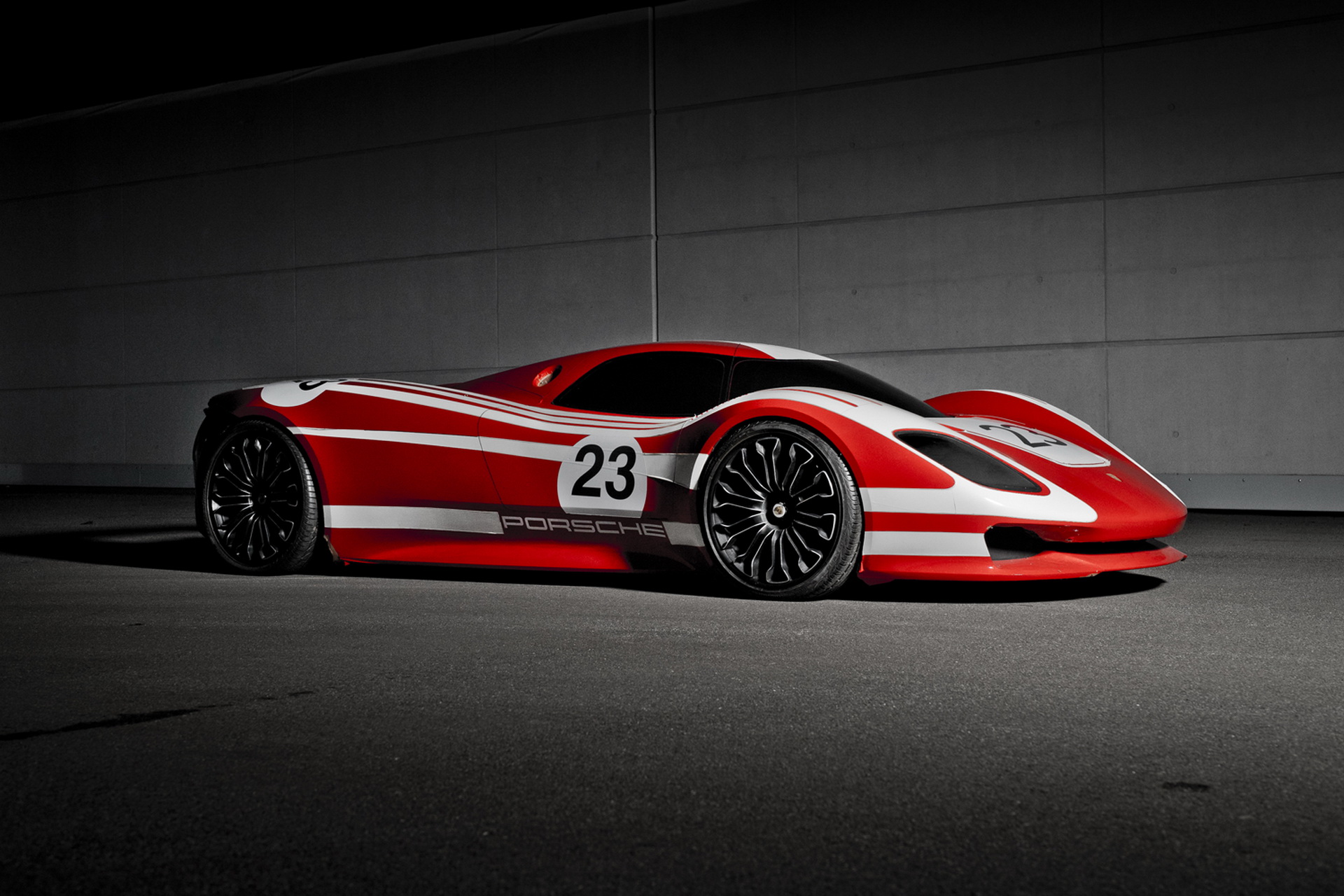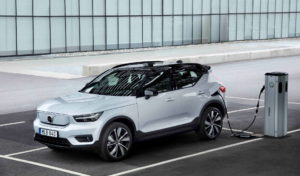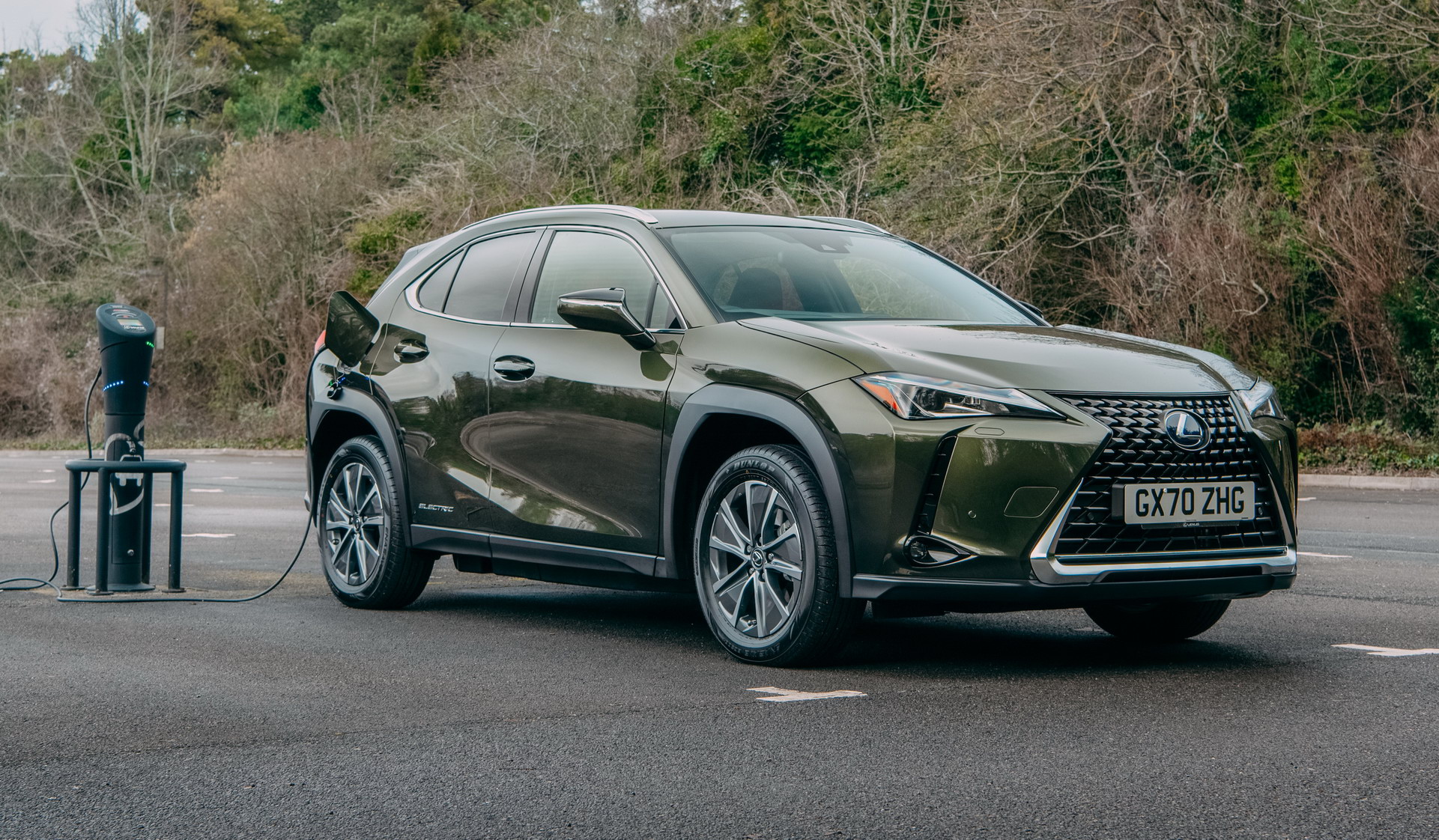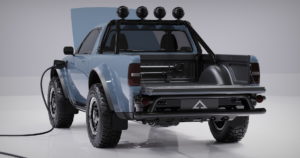While rally cars have historically been all about popping engine notes and fire-breathing exhausts, the all-electric Projekt E Rallycross car developed by STARD shows that you can still have fun in a rally car without all of those sounds.
Unveiled last year prior to the start of the electric rallycross championship, STARD’s car has a powertrain with no less than three electric motors that combine to pump out 613 hp and 740 lb-ft (1,002 Nm) of torque. Tiff Needell from Lovecars was recently given the opportunity to put the car through its paces and was very impressed with what he found.
The car features a two-speed transmission and can hit a top speed of 149 mph (240 km/h). However, what is most impressive is how this thing lurches off the line, pushing the driver back into their seat despite spinning up all four tires. Which, of course, is to be expected as it will hit 60 mph (96 km/h) in roughly 2 seconds.
Watch Also: Ken Block Destroys Tires With His Electric Rallycross Car
While the car weighs more than a ICE-powered Rallycross car, most of this weight is located low down meaning it doesn’t negatively impact the handling. Throughout the test, Needell powerslides the car through various corners of the track in Greinbach, Austria and seems to be having an absolute ball while driving it.
Given how much power the car has, it shouldn’t come as much of a surprise that it can’t travel all that far on a single charge. However, STARD has already thought of that and has designed the battery pack in such a way that it can be removed and swapped in just 15 minutes.
[embedded content]

